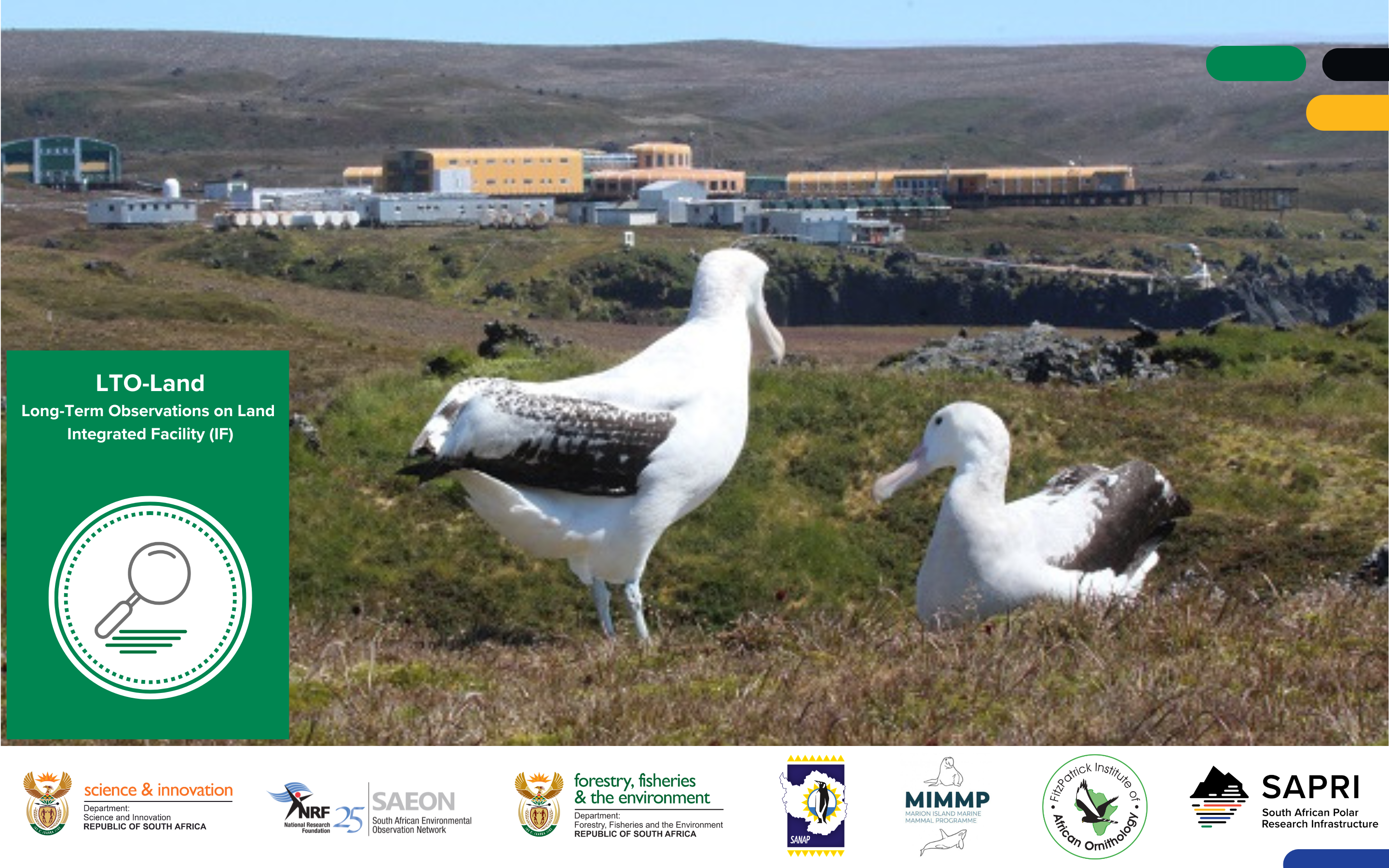The South African Polar Research Infrastructure (SAPRI) was established in 2021 to ensure coordination of South African marine and Antarctic research as a national Big Science programme, providing seamless access to existing and new research infrastructure required to develop and enhance long-term observations of South Africa’s polar region.
South Africa has been involved in long-term research in the Antarctic and sub-Antarctic regions since the early 1960s, primarily through its membership in the Antarctic Treaty System (ATS) and its management of the South African National Antarctic Expedition (SANAE) research stations in Antarctica, as well as research on the Prince Edward Islands (including the two islands, Marion and Prince Edward), and Gough Island. The South African National Antarctic Programme (SANAP) is a government initiative that supports and coordinates research in Antarctica and the Southern Ocean, focusing on areas like climate change, biodiversity, and atmospheric sciences, with key research stations on Antarctica, Marion Island, and Gough Island. These research stations are managed and administered by the Department of Forestry, Fisheries and the Environment (DFFE).
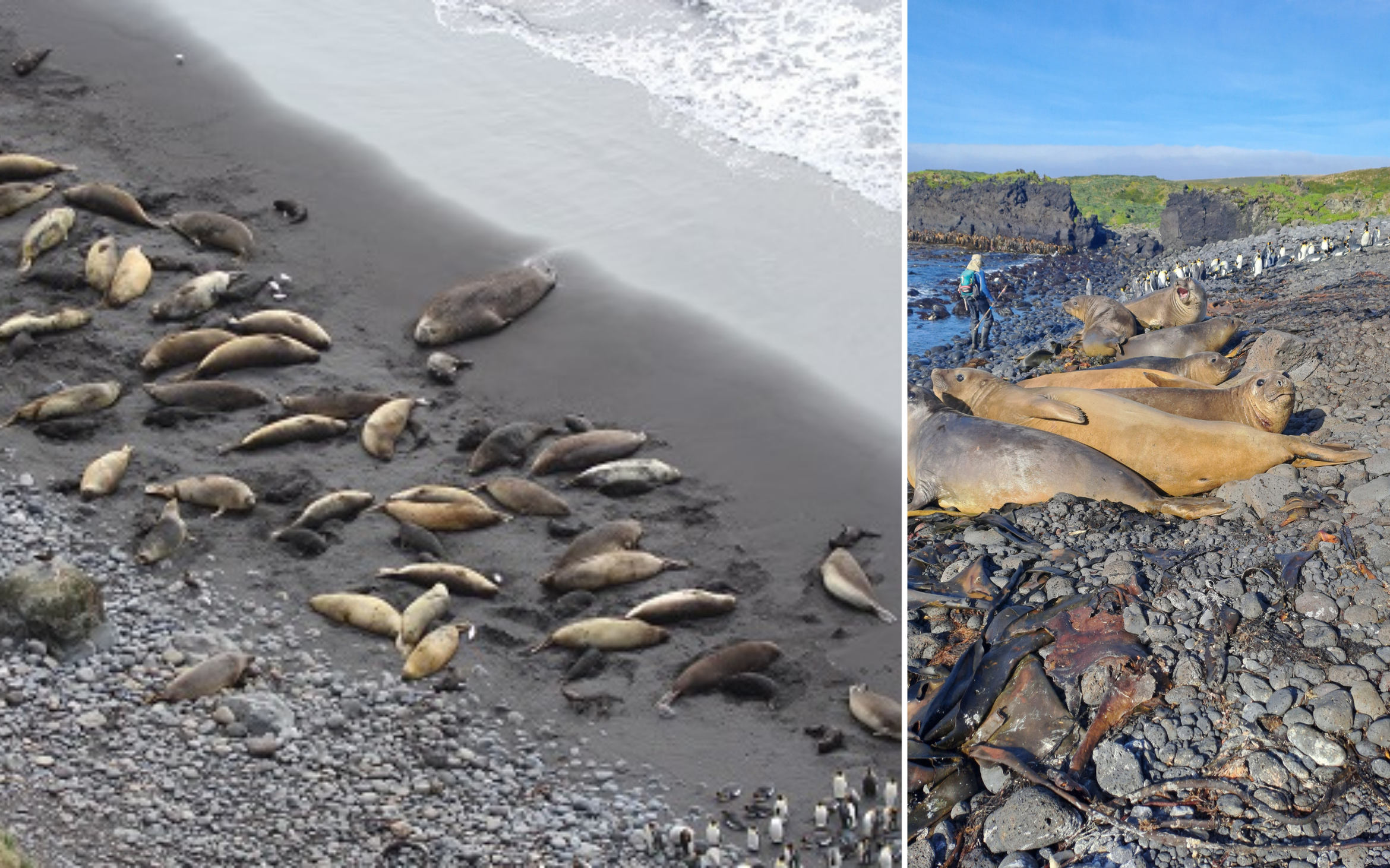
Southern elephant seals (Mirounga leonina) at Ship’s Cove (left) and Trypot Beach (right) at Marion Island. (Photos: Yinhla Shihlomule and Abuyiselwe Nguna)
To achieve its objectives, SAPRI is ensuring the continuity of long-term monitoring research on seabirds and marine mammals breeding at the sub-Antarctic Prince Edward Islands, South Africa’s southernmost territory located in the southern Indian Ocean. These islands were discovered in 1663 by a Dutch East Indian man under commander Barent Barentszoon Ham, and named the Prince Edward Islands by James Cook in the late 1700s. SAPRI has four Integrated Facilities, including the Long-term Observations on Land (LTO-Land) Integrated Facility, which is responsible for the continuity of research on seabirds and marine mammals that have been ongoing and uninterrupted for the last four decades.
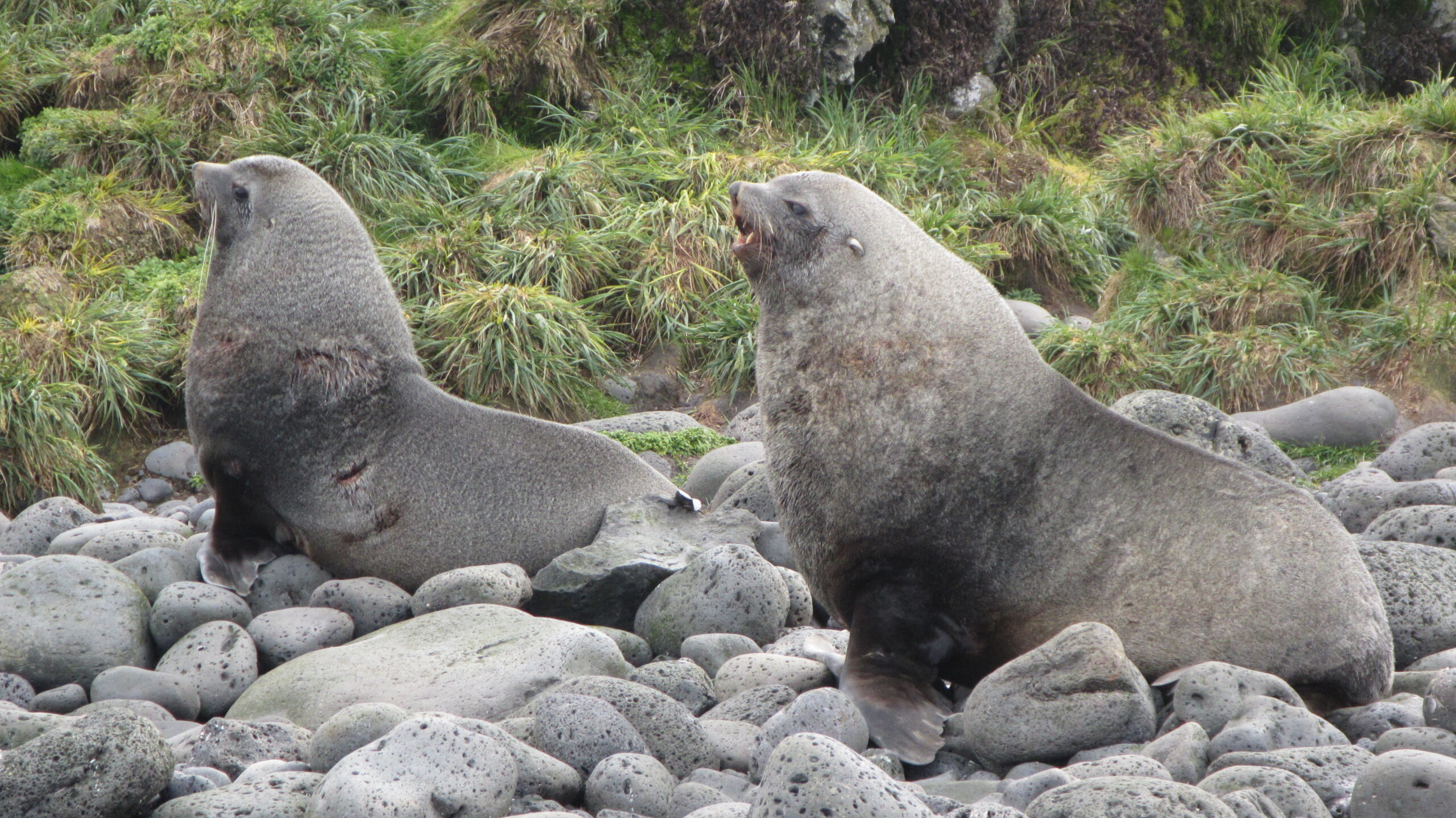
Antarctic fur seals at Marion Island (Arctocephalus gazella). (Photo: Yinhla Shihlomule)
Humans visited the Prince Edward Islands in the 1800s for commercial seal hunting that resulted in the decline of a number of seal species. The Prince Edward Islands became a South African territory in the late 1940s and the first scientific research on seals and seabirds was conducted in the early 1950s. The early 1980s saw the inception of long-term research on seabirds and marine mammals. Credit goes to John Cooper from the University of Cape Town (UCT) and Prof. Marthan Bester from the University of Pretoria (UP), who played a significant role in ensuring that globally important data is collected on seabirds and marine mammals from Marion Island.
Long-term monitoring of seabirds and marine mammals is vital for tracking ecosystem health, conserving biodiversity, managing invasive species, and studying the effects of climate change. It also contributes valuable data to global scientific research efforts.
The seabird and marine mammal research programmes on Marion Island have achieved significant success in research and conservation over the past four decades, contributing to the education of numerous masters and doctoral students both in South Africa and internationally. These research programmes have been led by South African university teams including those from UCT, UP and the Nelson Mandela University (NMU). Such projects are funded through the National Research Foundation (NRF) SANAP three-year funding cycle.
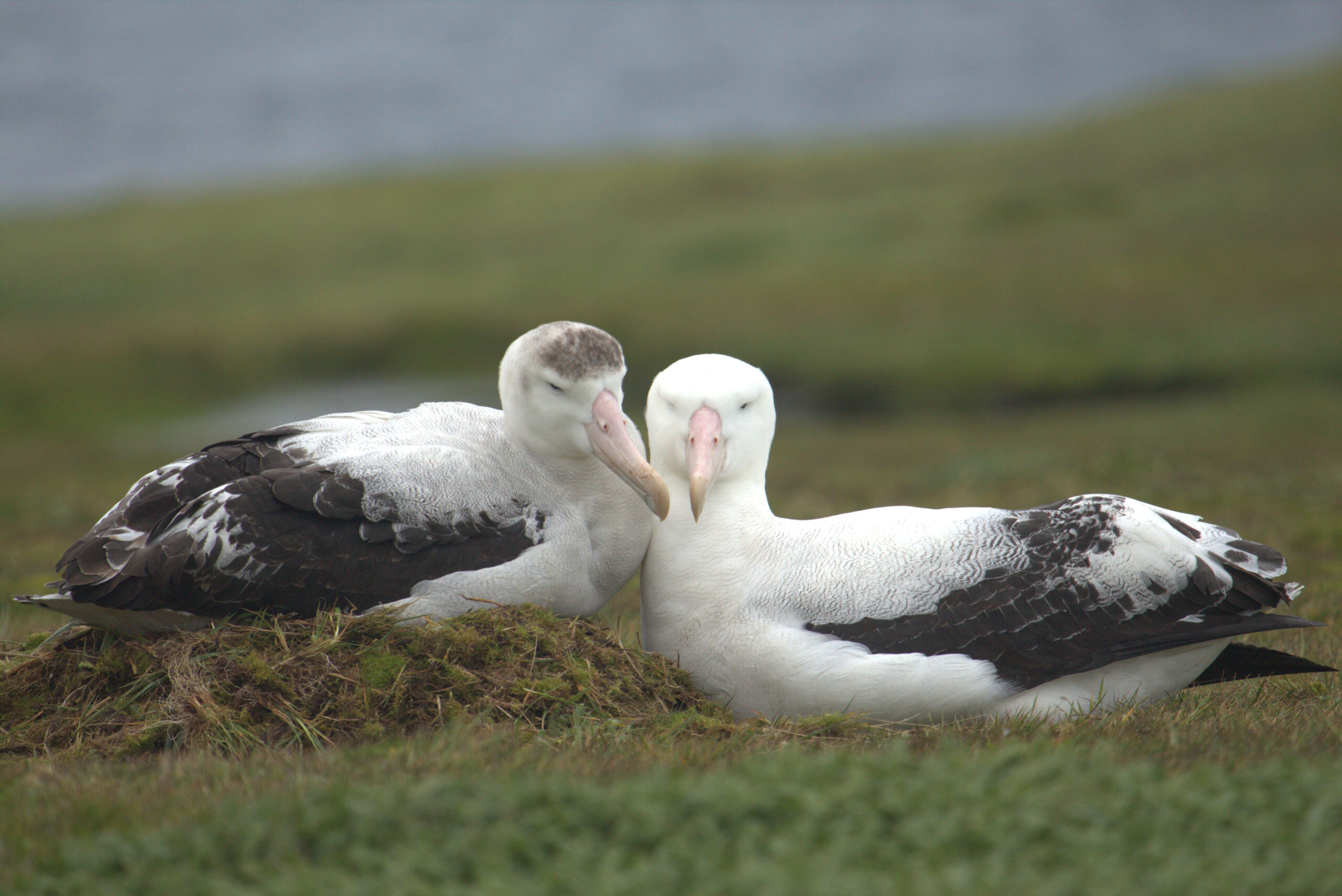
A pair of Wandering Albatross at Marion Island (Diomedea exulans). (Photo: Yinhla Shihlomule)
The FitzPatrick Seabird Research Programme at UCT and the Marion Island Marine Mammal Programme (MIMMP) at UP, are among the key initiatives conducting long-term research on seabirds and marine mammals, respectively, in the Prince Edward Islands. Professor Peter G. Ryan took over as Principal Investigator of the Marion Island FitzPatrick Seabird Research Programme following John Cooper, with Dr. Maëlle Connan playing a key role in maintaining the continuity of the long-term seabird research over the past six years. A major role of the FitzPatrick Seabird Research Programme is to establish robust baselines of seabird species at Marion Island prior to the planned mouse eradication.
Marion Island is currently facing an invasive species problem, with house mice causing significant damage to seabird populations, invertebrate species, and plant communities. Read more about the planned mice eradication programme here.
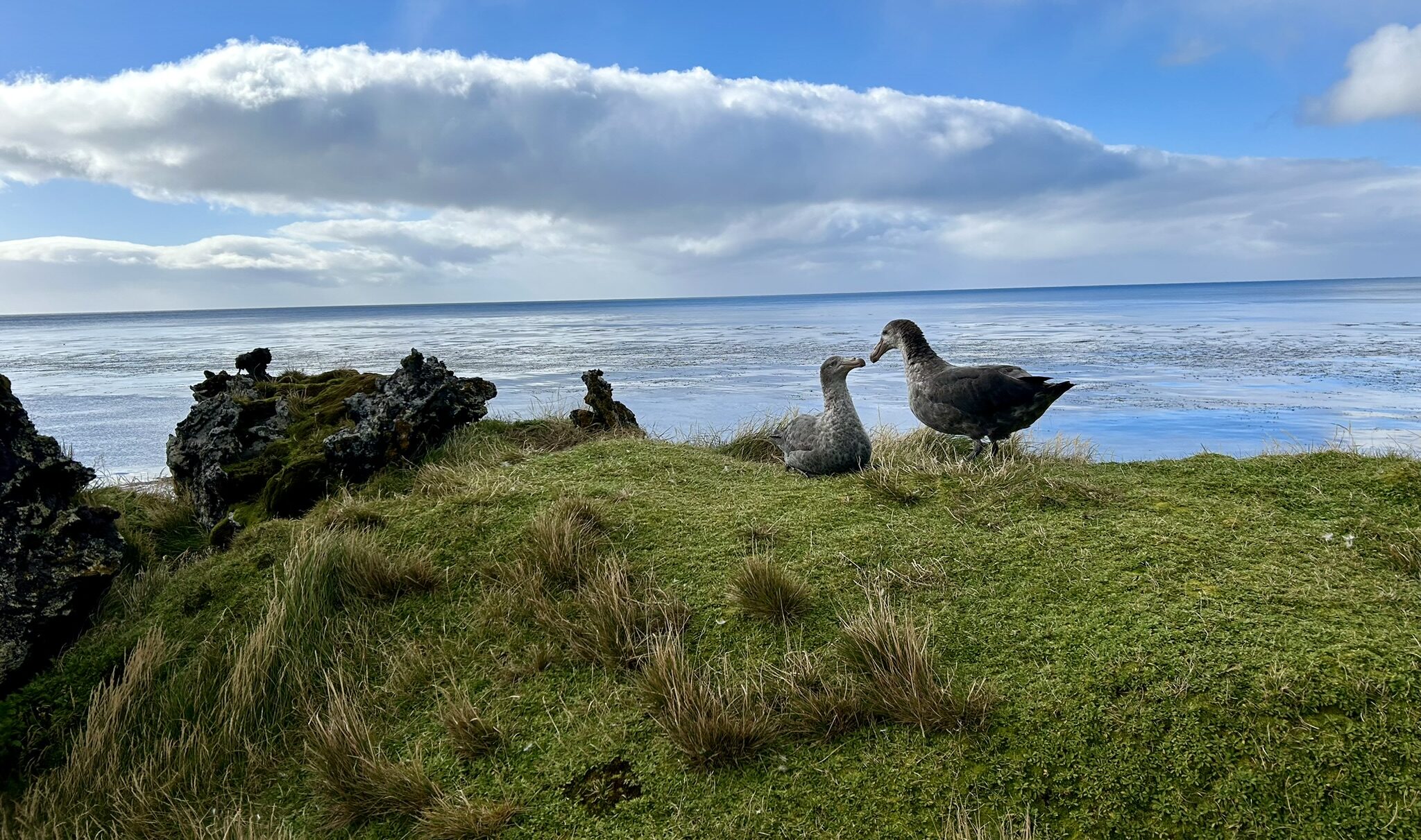
A pair of Southern Giant Petrel (Macronectes giganteus) at Marion Island. (Photo: Rabia Mathakutha)
The Seabird Programme continues to operate in close collaboration with the DFFE, particularly the Oceans and Coasts branch under the supervision of Dr. Azwianewi Makhado. In parallel, Professor Nico de Bruyn succeeded Professor Marthan Bester as Principal Investigator of the MIMMP. SAPRI extends its gratitude and recognition to the key contributors who have been instrumental in sustaining the long-term monitoring of seabirds and marine mammals on the sub-Antarctic Prince Edward Islands.
As of 2024, SAPRI became an overseer of the FitzPatrick Seabird and MIMMP monitoring programmes, to ensure long-term continuity beyond the limitations of three-year funding cycles. As part of the 2024 Marion Island Relief Expedition, in collaboration with SANAP, UCT and UP, SAPRI appointed and sent their first-ever field researchers to overwinter at Marion Island to continue the collection of data for long-term observations on seabirds and marine mammals. The SAPRI overwintering team for the 2024/2025 season include Miss Rhiannon Gill as the Seabird Field Researcher, Miss Megan Clarkson as the Killer Whale and Seal Field Researcher, and Mr Dylan Manyoka and Mr Peter Cunningham as the Seal Field Researchers. Meet the SAPRI Marion Island M81 overwintering team here.
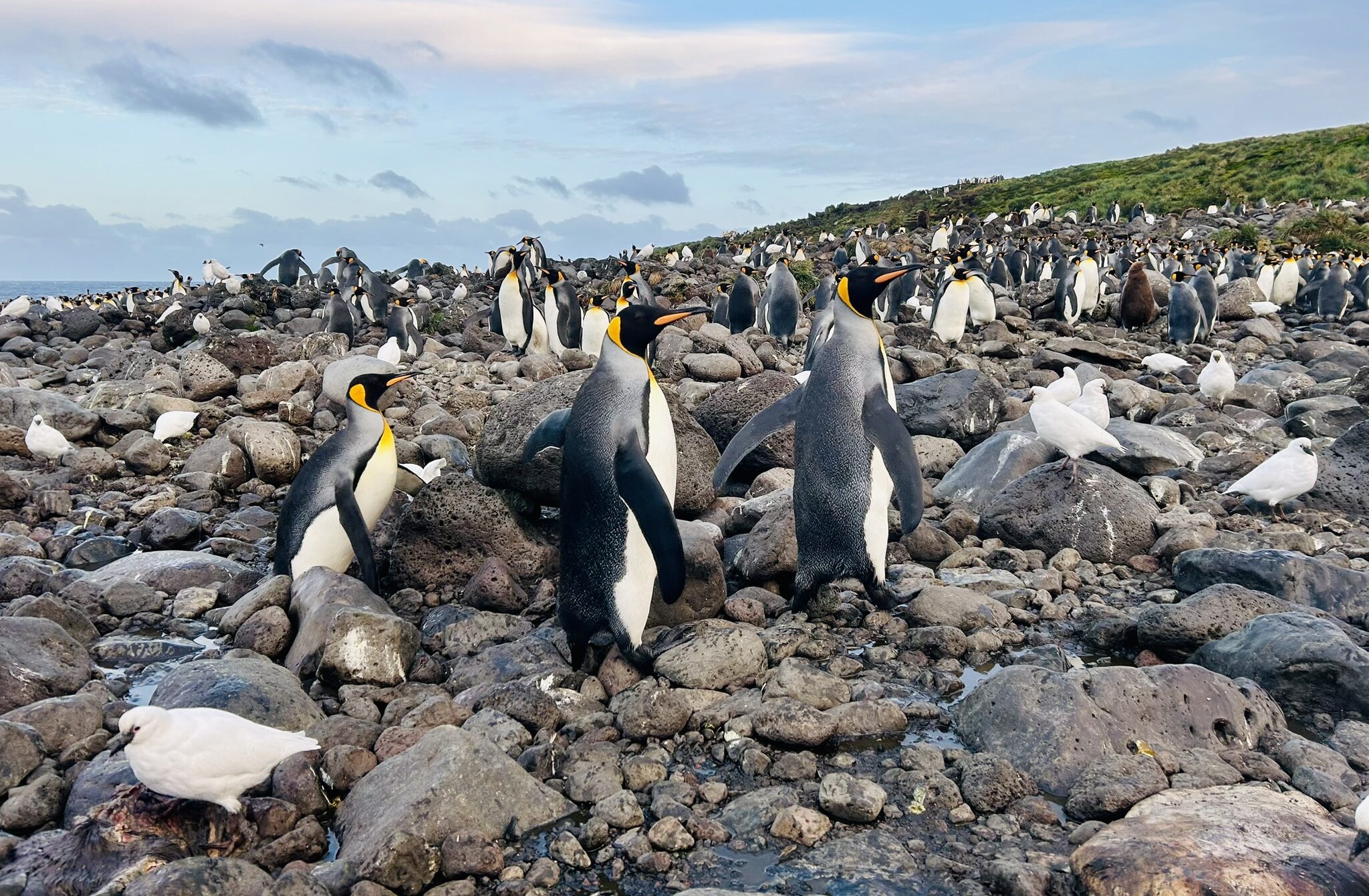
A King Penguin colony (Aptenodytes patagonicus) and Lesser Sheathbills (Chionis minor) at Marion Island. (Photo: Rabia Mathakutha)
Assuming responsibility for the long-term monitoring of seabirds and marine mammals on Marion Island has been a huge milestone for SAPRI. SAPRI looks forward to working with its collaborators and partners to sustain and enhance long-term observations of South Africa’s Polar region.
Text supplied by Yinhla Shihlomule (SAPRI Top Predator Monitoring Coordinator). Feature image by Yinhla Shihlomule and Rabia Mathakutha
Rabia Mathakutha, South African Polar Research Infrastructure, 16 October 2024
